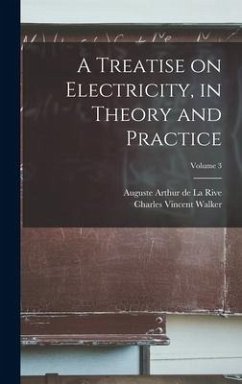Nicht lieferbar

Absolutism versus Relativity - Volume I
Pseudo-Paradoxes and Ambiguities in Einstein's Relativity
Herausgeber: Whitney, Cynthia Kolb; Kalapurakkal, Anna
Versandkostenfrei!
Nicht lieferbar
This book not only presents innovative methods for learning Einstein's special relativity from a different aspect (Vol. I) but also reveals deficiencies and paradoxes of this theory in a plain-language style (Vol. II). Since the advent of special relativity theory (SRT), it has become so accustomed to applying the Lorentz transformation straightforwardly in order to solve the relativistic problems abstractly. However, such a mechanical method cannot provide the student with a profound and visualized intuition about what exactly happens to the physical phenomena in the framework of SRT. This te...
This book not only presents innovative methods for learning Einstein's special relativity from a different aspect (Vol. I) but also reveals deficiencies and paradoxes of this theory in a plain-language style (Vol. II). Since the advent of special relativity theory (SRT), it has become so accustomed to applying the Lorentz transformation straightforwardly in order to solve the relativistic problems abstractly. However, such a mechanical method cannot provide the student with a profound and visualized intuition about what exactly happens to the physical phenomena in the framework of SRT. This tendency has stirred up ambiguities on whether the theory is really exonerated from the accusation of including anomalies or being paradoxical. In contrast to the Lorentz transformation, the author's semi-qualitative method, along with precise illustrations, promotes students' sense of intuition in encountering relativistic problems. The reader is hence recommended to comprehensively apprehend the novel approach to special relativity by following the mathematical equations and visual descriptions demonstrated in Vol. I, unless it would be problematic to understand both the paradoxes and the author's alternative to Einstein's relativity propounded in Vol. II of the present book. Except for a few examples, it is attempted not to consider the problems falling outside the domain of inertial observers, which, e.g., involve general relativity theory (GRT) or any kind of complicated math forms beyond common geometry and calculus, unless further calculations and discussions are left to the reader. This book, with a focus on the relativistic kinematics and dynamics, is suitable for everyone who has initial knowledge of SRT, which provides the reader with a solid understanding of the strong points of this theory as well as its weak spots. That is to say, the present book can be considered for both learning and questioning relativity via thought experiments.













